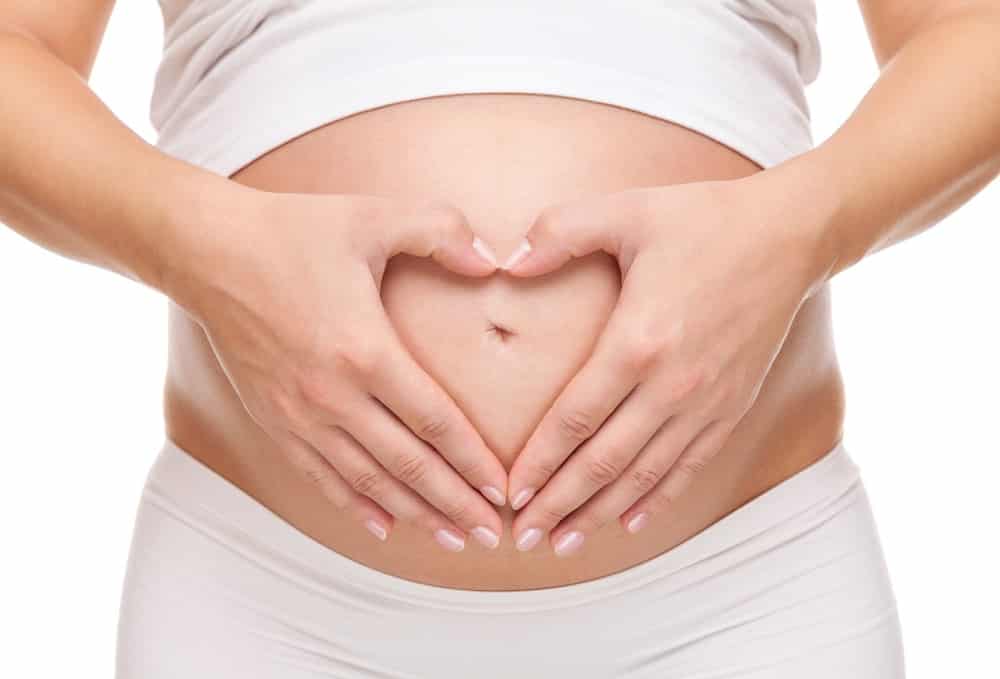A common term that people hear about in post-pregnancy is split abdominals. It is medically known as diastasis recti and represents a gap that is greater than 2.7 centimeters in your stomach. The rectus abdominal muscle stretches at the linea alba, a connective collagen sheath, from the changing size of the uterus and hormone secretion. This often leads to a bulging appearance at the stomach as if one is still pregnant after the baby is born. The bulge can also appear while you are still pregnant presenting as a prominent belly button. Pregnant women are not the only population to have diastasis recti. Newborns whose abdominals have not sealed upon birth and men with increased abdominal walls also may present with this issue.
When you see a physical therapist for a diastasis recti issue, they first will assess the size of the gap. This is done by placing their fingers is the area and measuring how many fingers fill the space. A width of 2 1/2 fingers normally indicates that you should see a physician if you have not already. The following video shows you how to access at home:
Obviously, the size of fingers varies so this is an approximate measurement but used a guideline. History of pregnancy, the birth of the baby, and current symptoms also will guide the course of treatment. Low back pain is highly correlated with diastasis recti in post-pregnant women due to lack of stability. Additionally, symptoms may include flabbiness of the muscles, pain in the area, pelvic floor dysfunction with urinary incontinence, poor posture, pelvic or hip pain and/or a weakness.
Typically, spaces close or lessen within 8 weeks after birth. One of the biggest issues associated with a Diastasis Recti is exercising too early. You do not want to begin any program that increases abdominal pressure when the split is greater than a centimeter horizontally or vertically. Thereby, recommending avoiding planks, crunches, and traditional sit-ups all of which can increase the protrusion.
Although the abdominals are the main issue, most therapists assess your lumbar spine (back) and hip motion, lower body strength, and posture to develop a comprehensive plan. Treatment consists of education with posture, stretching, muscle rebalancing, and bracing as needed as well as a proper contraction of the abdominals to promote healing. We cannot prevent this condition but the sooner you identify the issue and begin to address it, the better the results. For more information contact your local SET physical therapist.
References:
Physical Therapist's Guide to Diastasis Rectus Abdominis. (2014). Retrieved from http://www.moveforwardpt.com/symptomsconditionsdetail.aspx?cid=f8a7ad12-eadf-4f42-9537-e00a399c6a03





